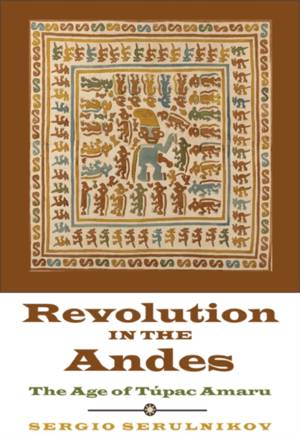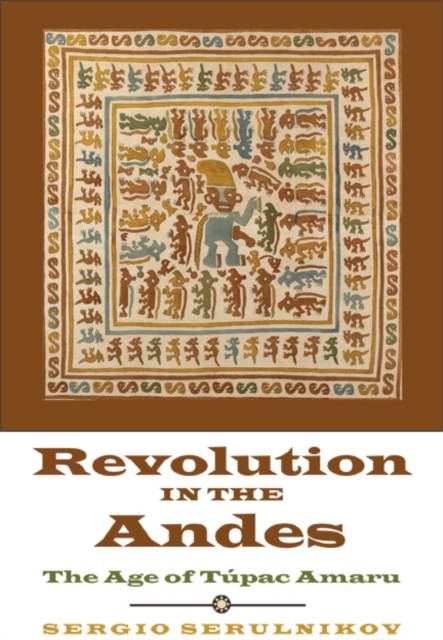
- Afhalen na 1 uur in een winkel met voorraad
- Gratis thuislevering in België vanaf € 30
- Ruim aanbod met 7 miljoen producten
- Afhalen na 1 uur in een winkel met voorraad
- Gratis thuislevering in België vanaf € 30
- Ruim aanbod met 7 miljoen producten
Zoeken
Omschrijving
Revolution in the Andes is an in-depth history of the Túpac Amaru insurrection, the largest and most threatening indigenous challenge to Spanish rule in the Andean world after the Conquest. Between 1780 and 1782, insurgent armies were organized throughout the Andean region. Some of the oldest and most populous cities in this region-including Cusco, La Paz, Puno, and Oruro-were besieged, assaulted, or occupied. Huge swaths of the countryside fell under control of the rebel forces. While essentially an indigenous movement, the rebellion sometimes attracted mestizo and Creole support for ousting the Spanish and restoring rule of the Andes to the land's ancestral owners. Sergio Serulnikov chronicles the uprisings and the ensuing war between rebel forces and royalist armies, emphasizing that the insurrection was comprised of several regional movements with varied ideological outlooks, social makeup, leadership structures, and expectations of change.
Specificaties
Betrokkenen
- Auteur(s):
- Uitgeverij:
Inhoud
- Aantal bladzijden:
- 184
- Taal:
- Engels
- Reeks:
Eigenschappen
- Productcode (EAN):
- 9780822354833
- Verschijningsdatum:
- 20/09/2013
- Uitvoering:
- Hardcover
- Formaat:
- Genaaid
- Afmetingen:
- 155 mm x 234 mm
- Gewicht:
- 362 g

Alleen bij Standaard Boekhandel
+ 322 punten op je klantenkaart van Standaard Boekhandel
Beoordelingen
We publiceren alleen reviews die voldoen aan de voorwaarden voor reviews. Bekijk onze voorwaarden voor reviews.











